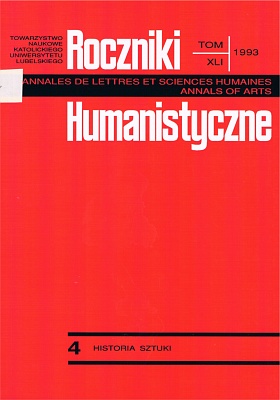An Unknown Odyssey of the Płock Monuments
Abstract
During the Second World War the German invaders plundered the Płock cathedral and took away its monuments: a chalice with a paten which were a gift from the prince Conrad I (1239), a herm reliquary of St Sigismund (1370) along with the Piast crown (13th c.). These were the objects of religious cult of great value. That is why they can be treated as the treasures of national culture. They were transported to Germany on 18th January 1945, and the person who safeguarded them was Berta Thiergat, the clerk of the Town Council. Being certain that they were German goods, she brought them to Bad Salzuflen in Westphalia. When she had learned that it was not the case, she made a contact with a Polish chaplain who served in the British army, and made the monuments return to Poland. The communist authorities kept them in the National Museum in Warsaw. They returned at their original site as late as on 6th November 1980.
The history of the so-called Płock Bible was different. It was plundered in 1941 along with a valuable collection of books from the Library of the Theological Seminary in Płock, and they were taken to Königsberg. Fleeing the East in 1945, the Germans took thence the Bible which, somehow, first arrived at the treasury of Georg-August Universität in Göttingen. After some strong diplomatic efforts the delegate of this university (prof H. J. Beug) returned the statute to the Płock bishop, Bogdan Sikorski, as late as on 13th September 1978. Fortunately, thus the odyssey of the Płock monuments was brought to completion. The author has gathered the documentation dealing with the war history of the regained treasures of national culture.
Copyright (c) 1993 Roczniki Humanistyczne

This work is licensed under a Creative Commons Attribution-NonCommercial-NoDerivatives 4.0 International License.





